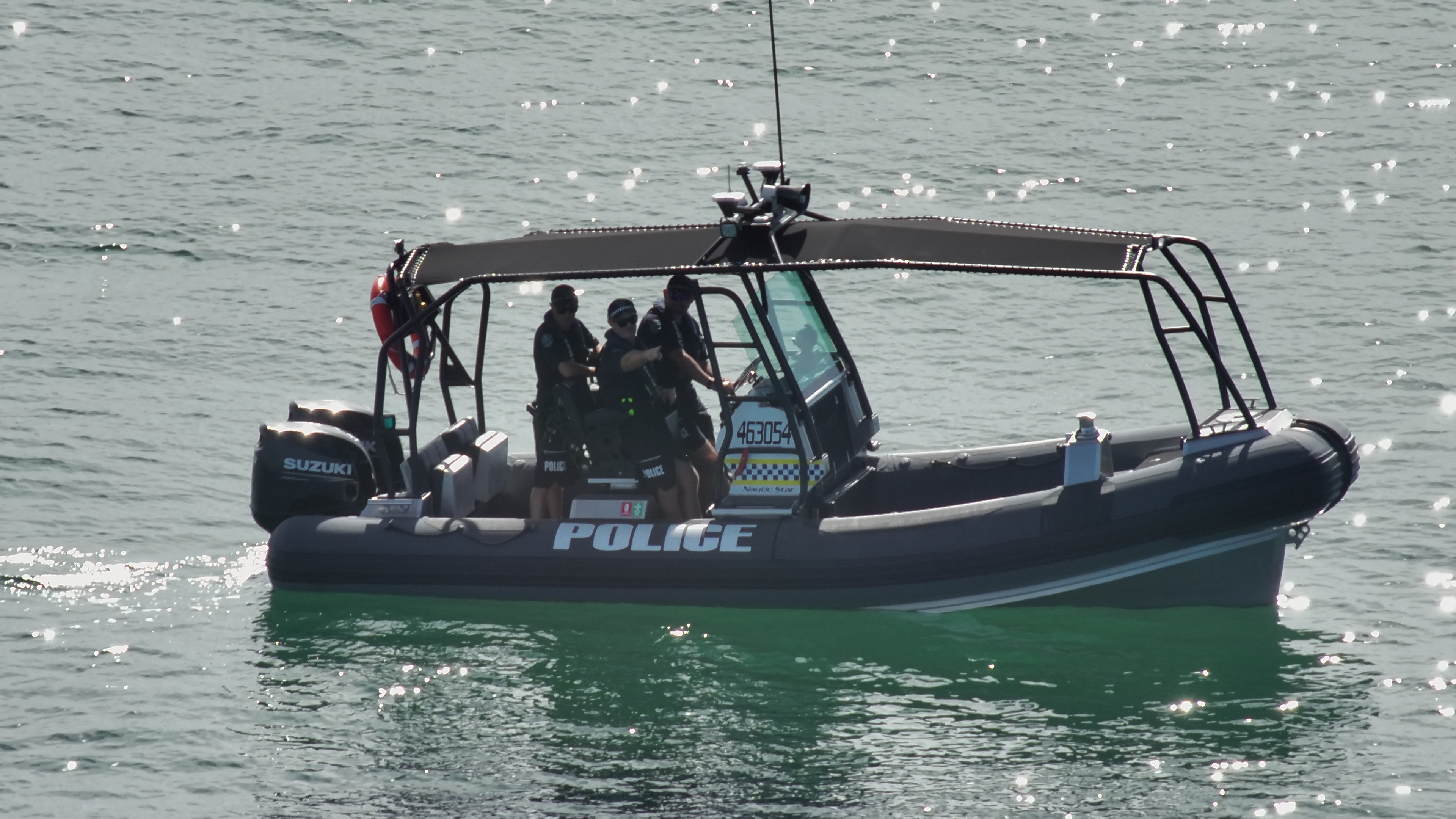
Royal Australian Air Force (RAAF) Base Wagga’s aviation heritage precinct was officially reopened on June 8 following extensive redevelopments.
A ceremony to mark the reopening was held in the memorial gardens and was attended by local RSL representatives, council members, politicians and other special guests.
The new attractions and upgrades include a static display of iconic aircraft, a replica of the Coomalie Creek Chapel, a water tank mural and memorial walk dedicated to the Empire Air Training Scheme (EATS), and new landscaping and lighting throughout the precinct.
Officer in charge of the RAAF Wagga Aviation Heritage Centre, Squadron Leader Nigel Webster, said it was wonderful to see the redevelopments come together during the past two years.
“The RAAF Wagga Aviation Heritage Centre is privileged to be able to welcome visitors again to enjoy these new attractions,” Squadron Leader Webster said.
The new display of aircraft is located prominently at the front gate of the base and includes an F-111, an Australian-built Canberra Mk20 Bomber, a Gloster Meteor, a Macchi and a Dassault Mirage.
The aircraft represent more than 70 years of Air Force aviation, from the Korean War to when the F-111 was withdrawn from service in 2010.
The original Coomalie Creek Chapel was built in 1943 using funds raised by No. 31 Squadron.
The replica chapel honours the 79 aviators from No. 31 Squadron who lost their lives fighting in the Pacific during World War 2.
No. 31 Squadron reformed on July 1, 2010, after disbanding 64 years earlier. Squadron Leader Webster is its first commanding officer in six decades.
The water tank mural and memorial walk, dedicated to the EATS in the Riverina region of New South Wales, were created after the Wagga Wagga RSL Sub-Branch successfully applied for a $60,000 through the Australian Government’s Community Development Grants Program.
This project was managed by the Wagga Wagga RSL Sub-Branch with assistance from RAAF Base Wagga’s Air Force 2021 representative and base management, along with members of History and Heritage – Air Force.
The reopening ceremony also included a flypast of historic Wirraway and Tiger Moth aircraft from No. 100 Squadron.








